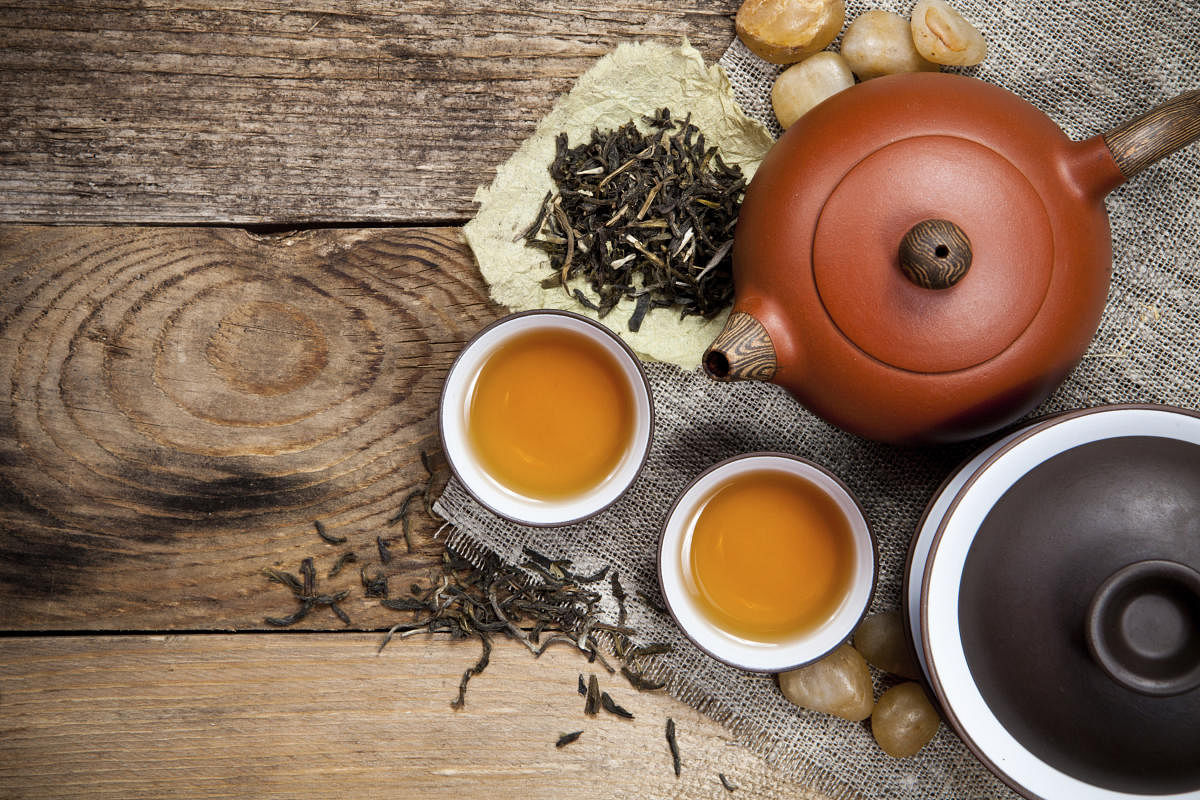
Tea, after water, is the most popular beverage around the globe, and there is a lot that goes on before a packet of tea reaches the store. A unique feature of tea is that everybody likes it in their own special way. Like all good things, tea is the product of its environment. Its uniqueness arises from how it’s grown and processed.
Tea tasting is a skill which requires years of focused training to understand the goodness of the product and eventually differentiate between suitable requirements for the appropriate blend consistently. The dry leaf appearance and the liquor combination of briskness, body (strength) and aroma of Camellia sinensis plant (tea plant) will vary due to the growing conditions, change in seasons as well as the implemented manufacturing processes, but the blender/tea taster’s skill lies in consistently selecting and offering the same cup of tea around the year in spite of the vagaries.
Decoding the process
Tea tasting is unlike having a drink when you are thirsty or eating a meal when you are hungry. A tea taster does not drink tea to satisfy his thirst. What he/she does is taste and evaluate every cup of tea and this needs a lot of concentration. A tea taster is the first person to taste and approve the tea after it leaves the tea gardens and therefore, his evaluation matters for the consumer and trade. It is the tea taster who compares and judges the tea that will later guide the buyers, retailers and blenders, and helps determine the value of that particular batch of tea. Prior to understanding the art of tea tasting, it is important to understand tea brewing. The ‘3 T’s’ play a major role in tea preparation: temperature, time and teapot material for brewing.
• Temperature: The temperature in preparation of good tea is very critical. The general conception that boiling water can be used for any kind of tea is incorrect. In fact, each variety of tea, from green to black, needs to be prepared at a different range of temperature. Because of its more delicate processing, green tea often needs a cooler temperature to bring out the right flavour. Conversely, black tea, which has been fully oxidised, needs much hotter water to bring out its characteristic sweetness.
• Time: Different kinds of tea require different durations of time to brew. Generally, delicate teas such as green tea need to be brewed for shorter times, while energetic black teas benefit from longer brewing. Depending on the type of tea, brewing time is anywhere between two and five minutes.
• Teapot material: While it has not been given much importance, the material of the teapot also impacts the quality of the brew. When considering a teapot, it is important to consider the kind of tea and the temperature at which it is prepared. Materials like iron are excellent at retaining heat over long periods of time, while glass or porcelain are more likely to release that heat. Therefore, iron and similarly heavy materials are better for teas that need to be prepared at high temperatures, such as black tea. A teapot made from iron would keep the water hot enough to extract the tea’s full flavour. Green and white teas, on the other hand, need a vessel that stays cooler, such as porcelain.
The tea test
Let’s take a quick look at the art of tea tasting. Every tea lover is aligned to his/her preference for tea, but it is not necessary that they also be aware of the art of tea tasting. What if you are given tea to taste and determine the quality? How do you know what is missing or what needs to be toned down? A taster also needs to be able to describe these properties properly in their own tasting language. The art of tea tasting provides you an opportunity to engage with your sensory organs comprising sight, smell and taste, and is unique to each individual’s preference.
• Sight: The dry leaf appearance of tea is important for initial selection and identification of your choice of tea. Some prefer CTC leaf tea or dust tea, while some prefer orthodox leafy, wiry or smaller broken teas. Others may also prefer green tea, white tea or oolong tea. Whatever be your choice, dry leaf tea has to be free of moisture content. Many tasters identify the quality of tea from the size, make and aroma of the tea. During the screening of teas, a taster would place a part of dry tea on a clean white screening paper and observe the leaf colour, size and consistency.
• Smell: The first sense that is evoked in tasting is the smell as it is the nose that tells us whether we like what we are about to taste. Tasters use deep inhalations to determine the aroma of tea.
• Taste: Firstly, a taster takes a deep breath and uses a large spoon to scoop some tea. He/she slurps the tea entirely. While it may sound and look funny, what the taster is doing is allowing tea as well as ample oxygen to pass over all the taste receptors on the tongue as this will give an even profile of the tea. Tea tasters seldom drink the teas they taste, instead, they spit it out into a spittoon before moving onto the next sample.
While tasting, you need to look at different aspects to be able to judge the tea. The initial impression that you have is the headnote and this is what you first feel while tasting. This moves to the secondary ring or the ‘body note’, which is the lasting impression. Finally, you get an aftertaste or the ‘tail note’, and that is what will linger. All the three notes help you in determining the quality of tea.
(The author is head, quality control, KDHP, Ripple Tea, Munnar)